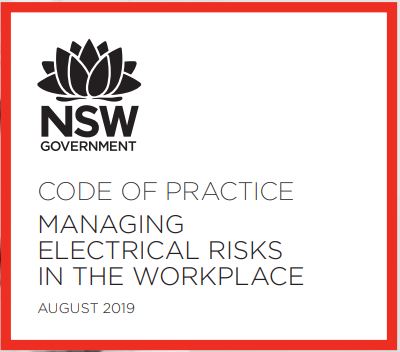Introduction
Electrical safety is of paramount importance in any workplace, as it affects the well-being of employees and visitors alike. In Australia, Safe Work Australia has established a comprehensive Code of Practice to ensure that workplaces maintain the highest standards of electrical safety. This blog aims to provide a clear and concise overview of the key requirements outlined in the Electrical Risks in the Workplace Code of Practice.
Scope of the Code
The Code of Practice for Electrical Risks in the Workplace applies to all workplaces where electrical equipment and systems are used or are intended to be used. This includes workplaces in various industries such as construction, manufacturing, healthcare, and offices.
Responsibilities and Duties
The Code emphasizes the shared responsibility of employers, workers, and other parties involved in a workplace to uphold electrical safety. Employers are required to provide a safe working environment, ensure that electrical equipment is properly maintained, and implement appropriate safety procedures. On the other hand, workers must follow safety instructions, report electrical hazards, and correctly use electrical equipment.
Risk Assessment
A thorough risk assessment is crucial in identifying potential electrical hazards in the workplace. Employers must conduct regular risk assessments to determine the level of risk associated with electrical equipment and systems. The assessment should include factors such as equipment condition, working environment, and the competency of personnel using the equipment.
Control Measures
Based on the risk assessment, appropriate control measures must be implemented to minimise electrical risks. These measures may include the use of Residual Current Devices (RCDs) to prevent electric shock, labelling of electrical equipment, and maintaining proper clearance distances from power lines.
Competency and Training
To ensure the safety of workers, it is essential to provide adequate training and supervision. The Code emphasizes the need for competent personnel who have the required knowledge and skills to work safely with electrical equipment. Regular training and refresher courses should be provided to keep employees informed about the latest safety practices.
Electrical Equipment Safety
The Code specifies guidelines for inspecting, testing and maintaining electrical equipment. Regular inspection and testing help identify potential faults or wear and tear, allowing for timely repairs or replacements. Employers must keep detailed records of these activities to demonstrate compliance with safety standards. When monitoring electrical safety and moving equipment around, be mindful of how you move equipment.
Hazardous Areas
Workplaces with hazardous areas, such as those with flammable substances, must have appropriate measures in place to prevent electrical incidents in these sensitive environments.
Emergency Procedures
In the event of an electrical incident, it is crucial to have well-defined emergency procedures in place. The Code emphasises the need to develop and communicate clear procedures for responding to electrical emergencies, including electrical fires and electric shock incidents.
Working Near Overhead Power Lines
Additional safety precautions must be taken if a workplace involves working near overhead power lines. This includes maintaining safe distances, using specialised equipment, and implementing safety observers to prevent contact with power lines.
Personal Protective Equipment (PPE):
Proper PPE selection, use, and maintenance are critical in electrical work. Employers must provide appropriate protective gear to workers and ensure they wear it as necessary.
Reporting and Investigation:
The code emphasises the importance of reporting all electrical incidents, near misses, and hazards. Additionally, conducting thorough investigations of incidents can help identify causes and prevent future occurrences.
Conclusion
Electrical safety is a shared responsibility that requires proactive measures and continuous vigilance. By adhering to Safe Work Australia’s Code of Practice for Electrical Risks in the Workplace, employers and workers can significantly reduce the risk of electrical incidents, ensuring a safer working environment for everyone. Regular risk assessments, proper training, and adherence to safety protocols are the pillars of electrical safety, promoting a workplace culture of well-being and productivity.
